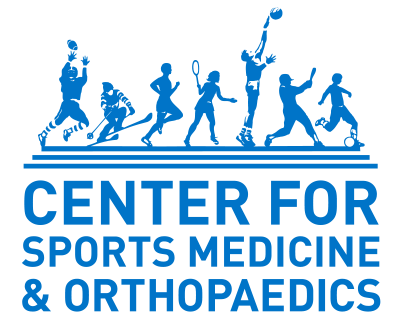In this Q & A, Dr. Jason Robertson, Fellowship Trained Sports Medicine Specialist at Center for Sports Medicine & Orthopaedics, shares helpful information about groin strains, what you can do to treat the injury at home, and when to seek medical care.
To schedule an appointment, click here or call (423) 624-2696. Many same day appointments are available.
Q: I recently felt a sharp pain in my groin area after a workout. I’m worried I may have strained something. What exactly is a groin strain, and how can I treat it?
A: Groin strains are a common issue, particularly for athletes and those who engage in activities involving sudden movements. A groin strain occurs when the muscles in your inner thigh, known as the adductor muscles, become overstretched or torn. This can happen during activities such as running, jumping, or kicking—anything that involves quick changes in direction.
When you experience a groin strain, the pain is typically sharp or aching, and is felt in the inner thigh or groin area. You may also notice tenderness, swelling, and difficulty moving your leg. In more severe cases, the muscles may feel weak, and walking or continuing your activity can be challenging.
The severity of a groin strain can vary. Mild strains might cause some discomfort but still allow you to walk and continue activities cautiously. Moderate strains can lead to more significant pain, tenderness, and even bruising, often limiting your movement. Severe strains, which involve a complete tear of the muscle, result in severe pain, swelling, and bruising, making it difficult to walk or engage in any physical activity.
When it comes to treatment, the first step is to rest and protect the injured area. Avoid activities that cause pain, as rest is crucial for the healing process, particularly in the early stages. Applying ice to the affected area for 15-20 minutes every few hours during the first couple of days can help reduce swelling and numb the area, providing some relief. Wrapping the injured area with an elastic bandage and elevating your leg can also help manage swelling.
As the pain and swelling subside, you can gradually begin rehabilitation exercises to restore strength and flexibility. It’s important to ease back into activity slowly to avoid re-injury. Working with a physical therapist can be beneficial to guide your recovery safely. Over-the-counter pain relievers like ibuprofen or acetaminophen can help manage discomfort and inflammation, but always follow the dosing instructions.
In most cases, groin strains can be managed at home, but there are times when you should see a doctor. If the pain and swelling are severe enough to make walking difficult, or if your symptoms persist despite rest, it’s important to seek medical advice. A doctor can evaluate your injury, and in some cases, imaging like an MRI may be necessary. Physical therapy or surgery may be required for more serious injuries or chronic issues.
To prevent future groin strains, focus on proper warm-ups before activity, strengthening your core and thigh muscles, and stretching regularly to improve flexibility. Gradually increasing the intensity of your activities can also help avoid overstraining the muscles.
While groin strains can be painful and disruptive, with proper care and rehabilitation, most people make a full recovery. If your symptoms aren’t improving, or you’re unsure about the severity of your injury, don’t hesitate to consult a doctor for a proper evaluation and advice.


